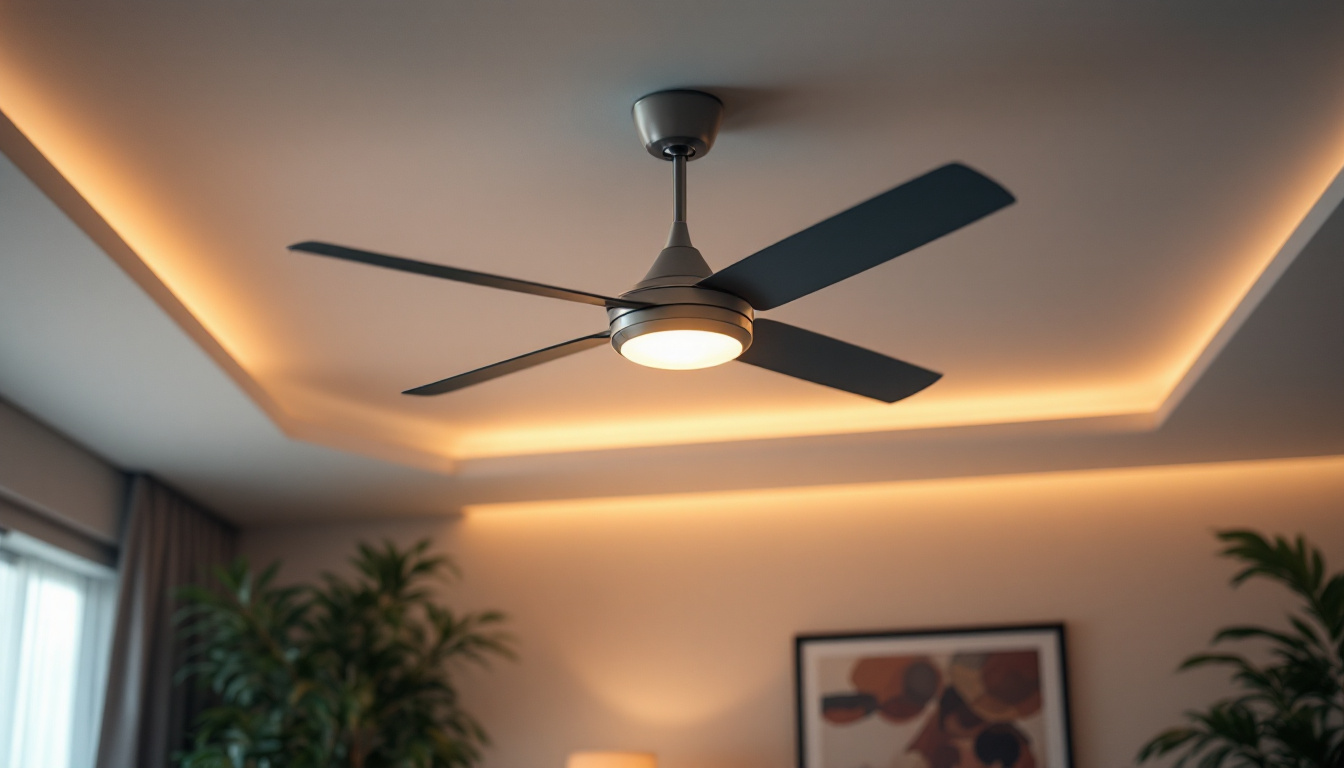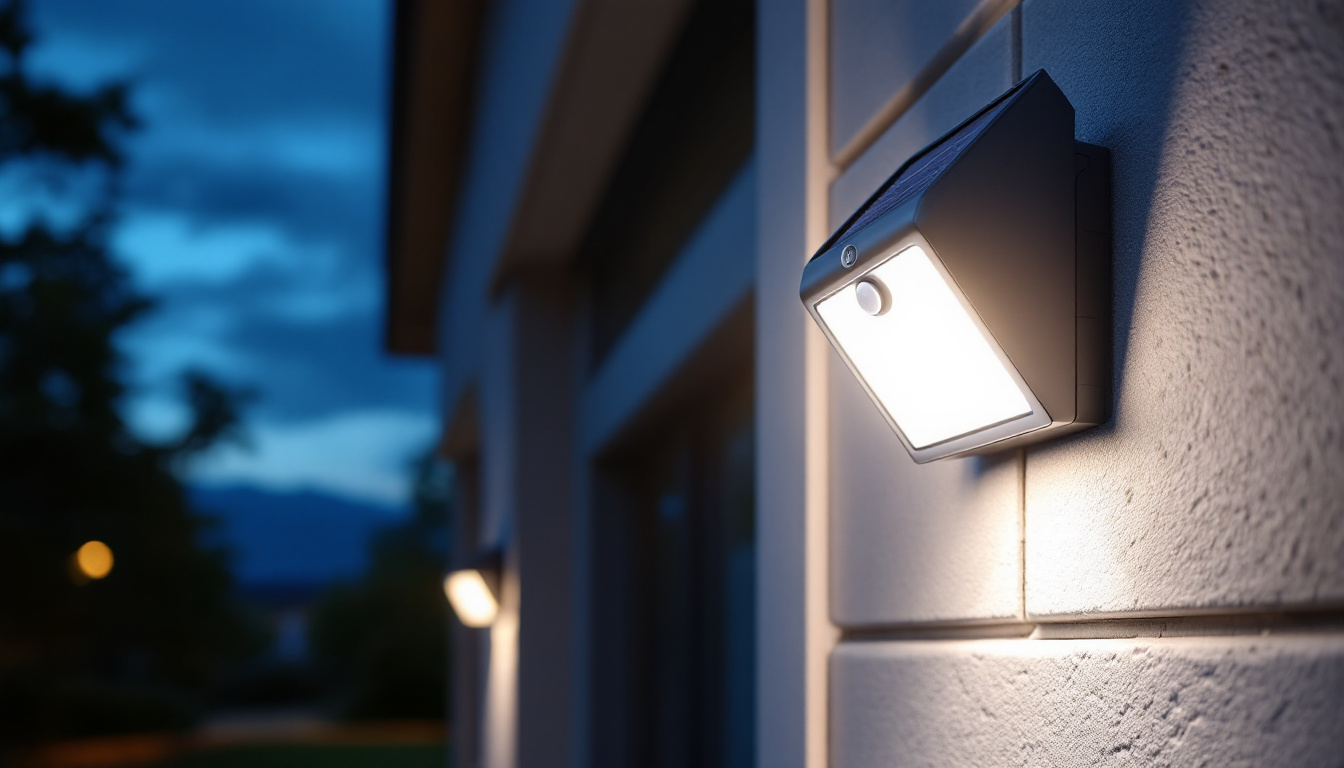
Ceiling fans are not just functional appliances; they are also integral to the overall aesthetics and comfort of a space. For lighting contractors, understanding the nuances of ceiling fans can enhance service offerings and improve customer satisfaction. This article aims to provide a concise overview of ceiling fans, focusing on their components, installation considerations, and energy efficiency. In just five minutes, lighting contractors can gain valuable insights into this essential fixture.
At first glance, a ceiling fan may seem like a simple device, but it comprises several key components that contribute to its functionality. The main parts include the motor, blades, housing, and lighting kit. The motor is the heart of the fan, responsible for turning the blades and creating airflow. It is crucial to select a motor that is appropriately sized for the fan’s intended use and the room’s dimensions. A high-quality motor not only ensures longevity but also operates quietly, which is particularly important in spaces like bedrooms where noise can disrupt sleep.
The blades are typically made from wood, plastic, or metal, and their design can significantly impact airflow and efficiency. Blade pitch, or the angle at which the blades are set, plays a vital role in how much air is moved. A higher pitch generally results in increased airflow, making it essential for contractors to consider this when recommending fans to clients. Additionally, the length and width of the blades can affect the fan’s overall performance; longer blades can move more air, while wider blades can create a more gentle breeze, catering to different preferences and needs.
Ceiling fans come in various styles and types, each suited for different environments and aesthetic preferences. Standard ceiling fans are the most common, designed for general use in living rooms and bedrooms. However, there are also specialized options, such as outdoor ceiling fans, which are built to withstand moisture and humidity. These outdoor models often feature rust-resistant materials and sealed motors, ensuring durability in various weather conditions, making them perfect for patios, porches, or poolside areas.
Another category worth mentioning is the hugger or low-profile ceiling fan, ideal for rooms with low ceilings. These fans are mounted closer to the ceiling, ensuring safety and comfort without sacrificing airflow. Additionally, there are smart ceiling fans equipped with technology that allows for remote control and integration with home automation systems, appealing to tech-savvy clients. These fans can often be programmed to adjust speeds based on the time of day or even respond to voice commands, providing convenience and energy efficiency. Furthermore, some models come with built-in sensors that can detect room occupancy, automatically adjusting the fan’s operation to optimize comfort and reduce energy consumption.
When it comes to installing ceiling fans, one of the primary considerations is the mounting option. Ceiling fans can be mounted flush to the ceiling, on a downrod, or on an angled ceiling mount. The choice of mounting affects not only the fan’s performance but also its aesthetic appeal.
Flush mounts are ideal for low ceilings, providing a sleek look without compromising safety. Downrod mounts, on the other hand, are suitable for higher ceilings and can create a more dramatic effect. It is essential for contractors to evaluate the height of the room and the desired look when recommending a mounting option to clients. In spaces with vaulted ceilings, an angled mount may be necessary to ensure optimal airflow and functionality. This type of installation not only enhances the fan’s performance but also complements the architectural features of the room, creating a harmonious design.
Proper electrical considerations are crucial for ceiling fan installation. Most ceiling fans require a dedicated circuit to ensure they operate efficiently without overloading existing wiring. Contractors should be familiar with local electrical codes and ensure that the installation complies with safety standards.
Additionally, it is important to assess the ceiling’s structural integrity before installation. Some fans may require additional support, especially if they are larger or heavier. Ensuring that the mounting bracket is securely fastened to a ceiling joist can prevent potential hazards in the future. Beyond structural support, contractors should also consider the fan’s energy efficiency. Many modern ceiling fans come equipped with energy-efficient motors and LED lighting, which can significantly reduce electricity consumption. By advising clients on the benefits of these features, contractors can help them make informed decisions that not only enhance comfort but also contribute to long-term savings on energy bills.
In an era where energy efficiency is paramount, understanding the energy ratings of ceiling fans can provide contractors with a competitive edge. Fans that bear the Energy Star label meet strict efficiency guidelines set by the Environmental Protection Agency. These fans consume less energy while providing the same level of comfort, making them an attractive option for environmentally-conscious clients. The Energy Star certification not only signifies quality but also assures clients that they are making a responsible choice that contributes to reducing their carbon footprint.
When discussing energy efficiency, it is also important to highlight the role of ceiling fans in reducing heating and cooling costs. By circulating air effectively, ceiling fans can help maintain a comfortable temperature, allowing homeowners to set their thermostats a few degrees higher in summer and lower in winter. This dual functionality not only enhances comfort but also translates into significant savings on energy bills over time. Furthermore, many modern ceiling fans are designed with advanced technology, such as smart features that allow for remote control and scheduling, further optimizing energy use and convenience for the homeowner.
Understanding fan speed settings and directional airflow is essential for maximizing a ceiling fan’s performance. Most ceiling fans come with multiple speed settings, allowing users to customize airflow based on their comfort level. Additionally, many fans have a reverse switch that changes the direction of the blades. In summer, fans should rotate counterclockwise to create a cooling breeze, while in winter, a clockwise rotation helps circulate warm air trapped near the ceiling. This simple adjustment can make a noticeable difference in maintaining a consistent indoor climate throughout the year.
Educating clients on how to adjust fan settings for seasonal changes can enhance their experience and satisfaction with the product. This knowledge empowers homeowners to utilize their ceiling fans effectively, leading to energy savings and improved comfort. Moreover, understanding the importance of fan placement can further optimize performance; for example, installing fans in larger rooms or open spaces can facilitate better air circulation, enhancing the overall effectiveness of the cooling or heating system. By integrating ceiling fans into their home environment thoughtfully, clients can enjoy a more sustainable and comfortable living space.
Ceiling fans are available in a multitude of styles, colors, and finishes, making it essential for contractors to understand their clients’ design preferences. From modern minimalist designs to classic ornate styles, the right ceiling fan can complement the overall decor of a room.
When recommending a fan, consider the existing color palette and furnishings. A fan with a sleek, metallic finish may work well in a contemporary setting, while a wooden fan may be more suitable for a rustic or traditional space. Encouraging clients to choose a fan that aligns with their style can enhance the overall aesthetic and functionality of the room.
Many ceiling fans come equipped with integrated lighting kits, offering both illumination and airflow in one fixture. When discussing options with clients, it is essential to highlight the benefits of these dual-function fans. They can save space and reduce the need for multiple light fixtures, making them an excellent choice for smaller rooms.
Contractors should also consider the type of bulbs used in the lighting kits. LED bulbs are a popular choice due to their energy efficiency and longevity. Providing clients with information on the benefits of different lighting options can help them make informed decisions that align with their needs and preferences.
To ensure optimal performance and longevity, regular maintenance of ceiling fans is crucial. Contractors should advise clients on simple maintenance tasks, such as dusting the blades and checking for loose screws or connections. Accumulated dust can hinder airflow, reducing the fan’s efficiency and performance.
Additionally, it is wise to recommend periodic inspections of the fan’s motor and electrical components. Ensuring that everything is functioning correctly can prevent more significant issues down the line. Educating clients on these maintenance practices can foster trust and encourage repeat business.
Even with proper maintenance, ceiling fans may encounter issues from time to time. Common problems include wobbling, noise, or failure to operate. Contractors should be prepared to troubleshoot these issues effectively.
For wobbling fans, checking blade alignment and ensuring all screws are tightened can often resolve the problem. Noisy fans may require lubrication of the motor or checking for loose components. If a fan fails to operate, inspecting the electrical connections and ensuring the circuit is functioning can help identify the issue. Providing clients with troubleshooting tips can enhance their experience and reduce service calls.
Ceiling fans are a versatile and essential component of modern home design, offering both comfort and aesthetic appeal. For lighting contractors, understanding the intricacies of ceiling fans—from their components and installation to energy efficiency and maintenance—can significantly enhance service offerings. By equipping clients with knowledge and options, contractors can foster satisfaction and loyalty, leading to a successful business relationship.
As the demand for energy-efficient and stylish home solutions continues to grow, ceiling fans will remain a popular choice among homeowners. By staying informed about the latest trends and technologies in ceiling fan design and installation, lighting contractors can position themselves as experts in the field, ensuring they meet the evolving needs of their clients.
Ready to elevate your lighting projects with the best in ceiling fans? Look no further than LumenWholesale, where we provide contractors with superior, spec-grade lighting products at unbeatable wholesale prices. Say goodbye to local distributor markups and hello to our extensive selection that meets the highest industry standards. With LumenWholesale, you’ll enjoy the convenience of bulk buying, free shipping, and the assurance of top-quality performance for every installation. Don’t compromise on quality or value—Wholesale Lighting at the Best Value is just a click away. Make the smart choice for your business and your clients with LumenWholesale.

Discover how incorporating pole light bulbs into your projects can elevate your lighting contracting business.

Discover how Griplock Systems revolutionizes the lighting industry by offering innovative suspension solutions that enhance efficiency and safety for contractors.

Explore how home light automation is revolutionizing the industry for lighting contractors.

Discover what clients anticipate from lighting contractors regarding the Solar LED Outdoor Linkable Motion-Activated Wall Pack Light 400-Lumen.